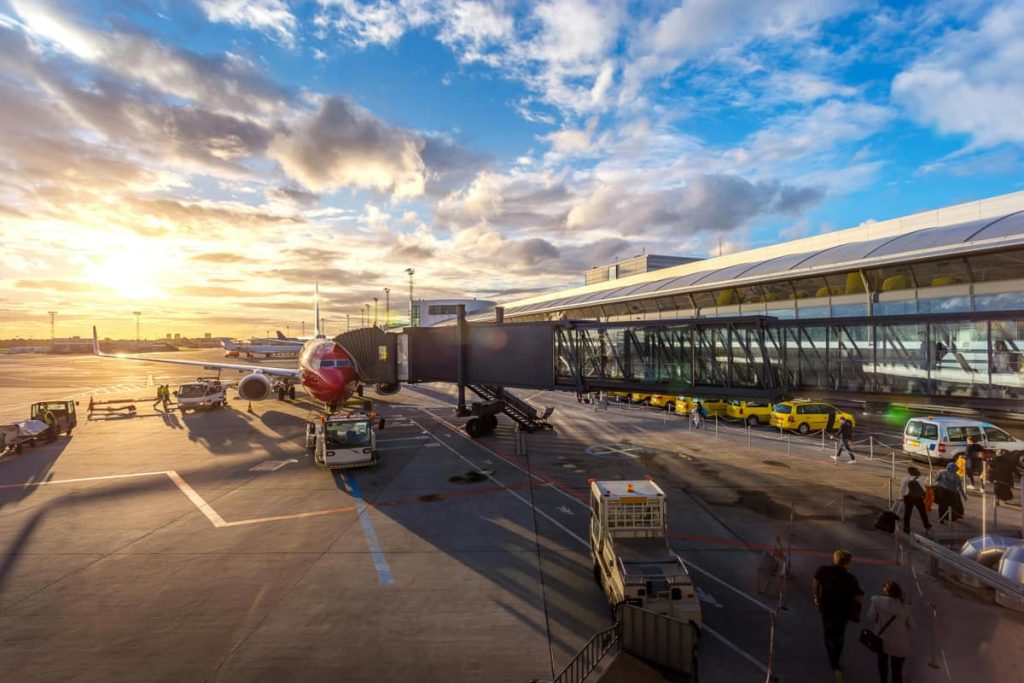
Airports are busy places where people go to get safe. Planning carefully and following a number of protocols are necessary to ensure safety both on and off the ground. Every element is meticulously handled, from managing travelers and luggage to refueling airplanes and keeping navigational aids in place. Airports establish a secure environment by utilizing strict protocols and cutting-edge technology. Knowing these procedures makes clear the commitment needed to maintain efficient and safe travel.
Managing Passengers:
Airport passenger handling entails a number of crucial procedures intended to guarantee effectiveness and safety. Modern check-in systems facilitate the expediting of boarding procedures by assisting in the verification of passengers’ identities and supporting papers. In order to prevent harmful materials from being taken onboard aircraft, metal detectors, and X-ray equipment are used during security screening at checkpoints. Medical emergencies and evacuations are handled by trained personnel, who are prepared with emergency protocols and first aid gear to meet unforeseen circumstances. All travelers using the airport are kept extremely safe by these precautions taken together.
Handling Baggage:
Airport baggage handling requires a number of procedures to guarantee the accurate processing of bags. By effectively directing luggage to the appropriate planes, automated sorting systems lower the possibility of misplaced or improperly handled bags. An airport baggage tractor is used to move bags between the terminal and the aircraft in order to handle the actual physical transfer of baggage. Bags are loaded and unloaded safely using specialist equipment and techniques as part of handling processes that are meticulously planned to prevent harm. To guarantee that all handling procedures adhere to safety regulations, routine maintenance, and quality control inspections are carried out.
Fueling Operations:
Airport fueling operations follow safety procedures to the letter in order to avoid mishaps and spills. Specialized equipment is used in the process, and it is routinely examined to guarantee proper operation. In order to promptly address any possible threats, fire safety precautions such as suppression systems and emergency shutdown procedures are in place. Employees who handle fuel have received training on how to handle it safely and address any emergencies that may occur. These thorough protocols aid in guaranteeing the safe execution of fueling operations.
Cleaning of aircraft:
Keeping an aircraft clean is crucial to provide travelers with a sanitary atmosphere. Aircraft interiors are extensively cleaned and disinfected before every flight in order to eliminate germs and uphold strict hygiene regulations. To keep the cabin spotless, this entails washing off surfaces, cleaning seats, and disposing of rubbish. Several parts of the aircraft are effectively cleaned with specialized cleaning tools and supplies. Every flight is made possible by regular audits and inspections that make sure cleaning practices adhere to safety and hygienic requirements.
Lighting Systems and Navigational Aids:
Aircraft are guided during takeoff, landing, and taxiing by runway and taxiway illumination systems, particularly in low-visibility situations. By giving pilots accurate instructions on the approach route and runway alignment, Instrument Landing Systems (ILS) assist pilots in landing safely. In addition, aircraft movements are monitored and controlled by radar and communication systems, guaranteeing a safe distance between aircraft and effective utilization of airspace. Together, these devices enable pilots to traverse airport settings successfully.
Giving Precise and Up-to-Date Weather Information:
Airport weather stations gather current information on variables, including temperature, wind speed, and visibility, all of which are critical for safe and efficient aircraft operations. Pilots and air traffic controllers are provided with forecasts on a regular basis to assist them in anticipating and adjusting to weather changes. Airports also send out alerts and cautions regarding extreme weather, allowing for prompt risk mitigation. This all-encompassing strategy guarantees that all parties engaged in airport operations have access to the data they need to make wise choices and uphold safety.
Conclusion:
When it comes to ensuring safety, every detail is important, from the smallest safety precaution to the most technologically advanced navigation system. Airports are always evolving in order to accommodate new requirements and improve upon established protocols. This unwavering commitment ensures that activities are carried out effectively while also guaranteeing the safety of passengers. Airports ensure the safety of all passengers by exerting a great deal of effort and paying close attention to the specifics of their operations.
